Once again I have come to the rescue of a client who didn’t plan everything out. Too often someone decides to add on a graphic or animation or logo resolve without any warning or enough time. And, as always, I deliver without complaint and prepare, as always, for their feedback. But I fear the last minute add-ons won’t be exactly what they want. I would have loved more time to work on them, plan them out, add the professional polish the work deserves. But instead, I had a few hours to turn the entire thing around.
I wish clients understood better the amount of work that goes into animation, even a simple one. I mean just imagine how much time it took to make The Daredevil opening.
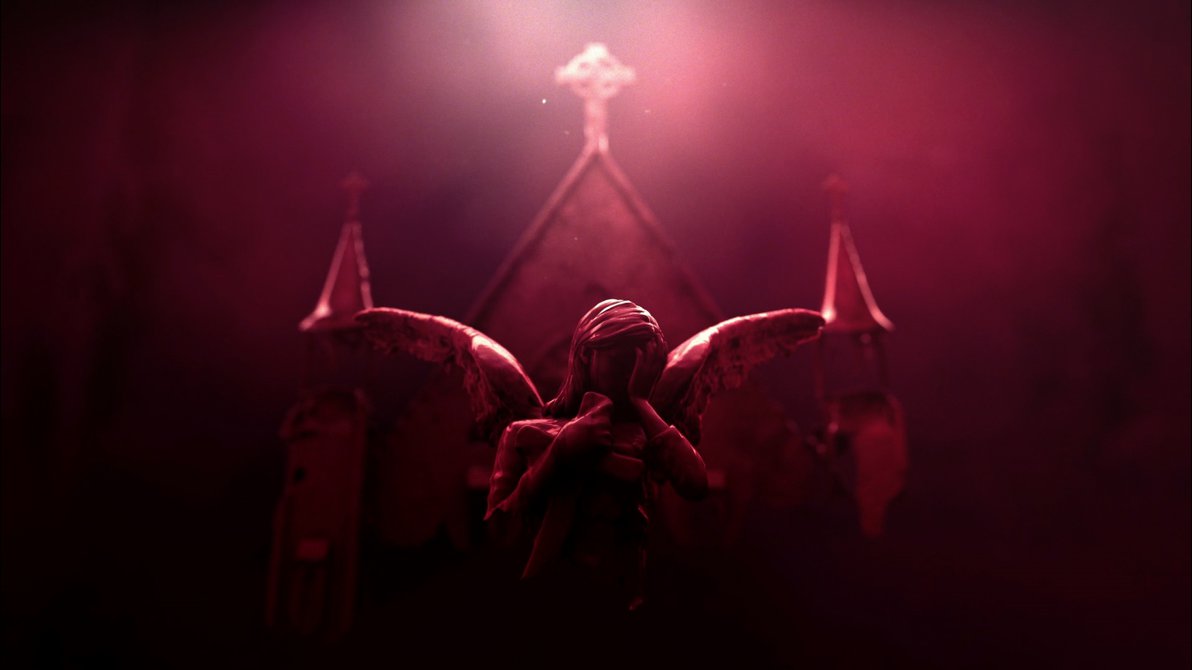
Well, I have news for you folks, there is no magical “animate” button. Animation takes time and effort. And here’s why.
Math
Simply put, animation, especially nowadays, involves a lot of math. Some of it is simple, some of it is complicated, but all of it takes time.

For example, if you want to film a live-action shot, you have a few things to decide before you can start. First — how many frames per second will you record? Typically this will either be 24fps or 30fps, but the numbers can range from as low as 12 to as high as 60 (even more for specialty purposes like slow-motion). For argument’s sake though let’s say you choose the film standard of 24fps.
In animation, that means you have to make a new work of art 24 times for every second that passes. That means a full length film that runs only an hour and a half contains 200,000 images! And for an animator that is only the beginning. There are a lot of factors to consider that go into every frame, and math is behind almost all of them.
Process
Before I go more into this, perhaps you should know more about the processes that go into an animated production.
If you are drawing your animation by hand, you have to consider the time it takes to complete a rough drawing, a final line drawing, inking, shading, coloring (not to mention visual effects), backgrounds, and edits. In a Computer Generated film, that time goes up. Yes, computers add more time in this instance because they require more people and more math. A single fully modeled, rigged, animated, textured, and lit frame can take days to render on supercomputers. Imagine getting notes from the director that the color of a light is off, so after a quick fix you have to wait 48 hours to see if the final result is correct. For! Every! Frame!
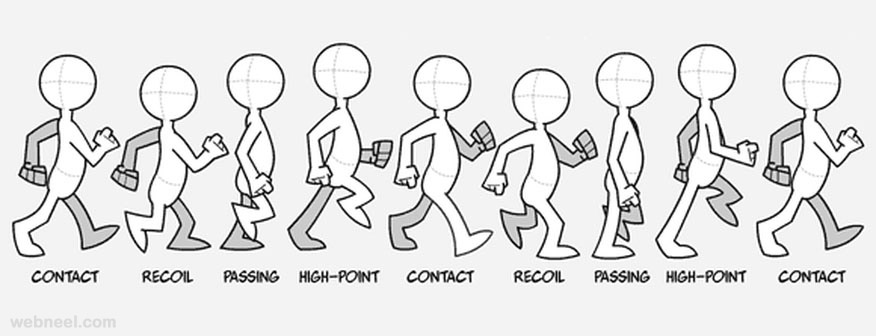
But that’s just for feature length films, you say. What about a simple corporate video? Well the same holds true, just not to those extremes. In a smaller production like a minute long video, I have to create art over 1,400 times. Yes, there are ways of lowering this number or the amount of work involved, but every frame still needs to be considered.
Even for a short video, a small team can take days, weeks, or even a month to complete it, depending on the complexity and budget. We strive to make the time it takes to “render” the frames as short as possible, but sometimes you can’t take shortcuts to get the result you want. It isn’t unusual for me to spend an entire night or longer just rendering out a project with all the effects the computer has to process. Sometimes quick edits just aren’t possible.
Skill
It takes a lot of skill to make something look good and be delivered on time. We animators have to study art on many levels, even forms of art most fine artists don’t have to consider, before we are able to fully realize a project. It takes years to get decent at it, and years more to get good.
And all that experience and study and skill pays off. What you end up getting is something that looks polished, smooth and fluid. Expecting a computer to do this for you is ridiculous. Computers are tools, and only that. Sure, they can create photo realistic effects and complex scenes, and they can streamline a production and make animating on every level easier, but they can’t create on their own. Trust me, they’ve tried.
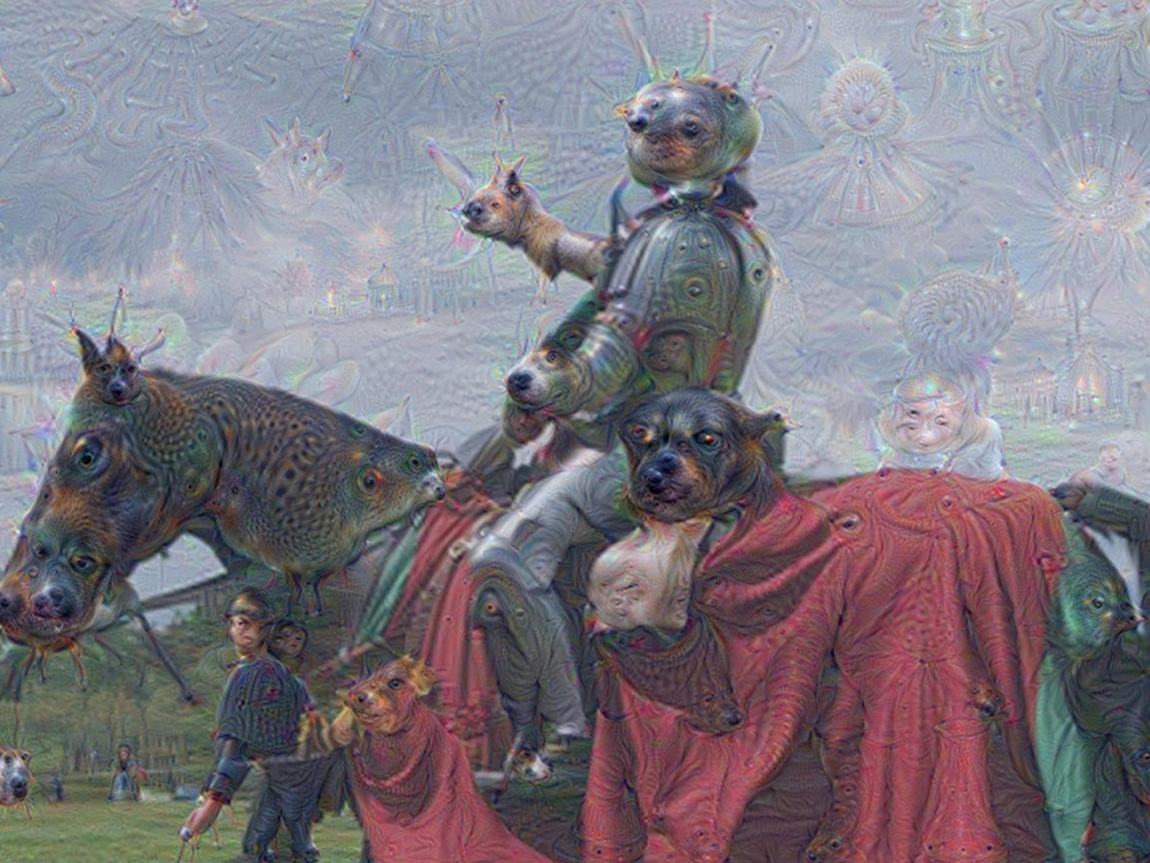
Knowing what to move, how to move it, what looks good, how to make a character or object act, etc., etc., requires time and skill. Animators not only have to learn how to draw (even CG animators should have some basic drawing knowledge), but also have to study motion and acting and physics (unless you like your characters floating in space all the time, of course). We need to know how lighting works, how clothes move and settle on a figure, how to mimic the look of gravity — the list goes on.
A computer can figure all of this out — it often does, but it always takes the human eye to adjust and tweak and improve on what the computer gives us. Even if what we get from a program is technically accurate, it doesn’t mean it looks right or good. Sometimes that artistic touch is needed — something computers are a long, long way from providing.
Technology
There is no such thing as an easy animate button. Really. But what technology does give us is the ability to improve on our art, or help us produce quicker, or inspire us with new ideas. Technology has come a long way in allowing us to have realistic “rigid body” physics, fluid simulations, cloth and hair simulations, and so much more. We can create lights in the computer that look and act like real-world lights, something that could never have been done 10 years ago. We can give characters realistic flowing hair, and add wind and water and dust to scenes. We can add natural physics to a simple 2D animated logo with only a few clicks of a button.
So why can’t we just do that and make it look cool?
Reason 1: Versatility v.s. Generalization
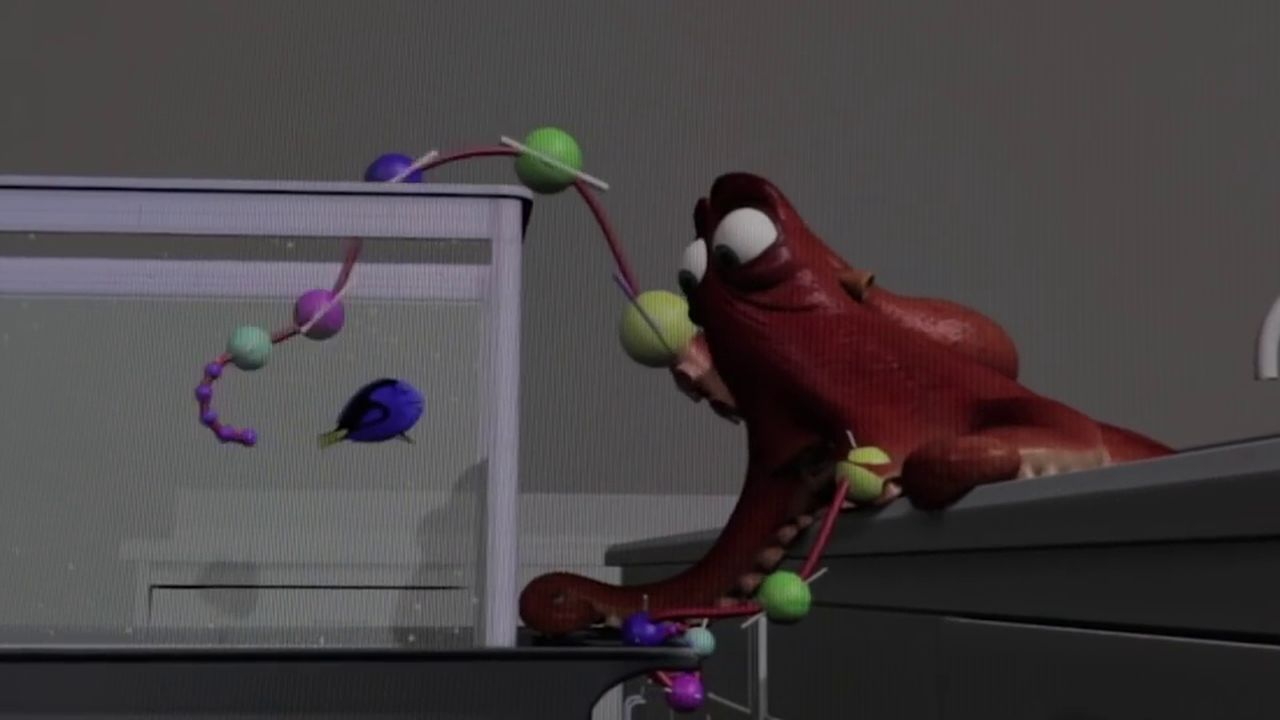
Well for one, not every animator or digital artist knows how to do all these things. Generalists often can’t dive that deeply into any one topic, while specialists are often oblivious to how other technologies work. It takes a team to build all these elements. Without one, you’re probably relying on a really good generalist who can only do so much.
Reason 2: It Takes Time to Master Skills
For another, these tools take a lot of time to master and remaster, to work and rework. Out-of-the-box, anything you plug into these programs will look awful! It’s like taming a wild animal, you have to continually work it at, rein it in, mold and form what you want, and eventually, after many, many hours of practice, you get something that works.
Not to mention these technologies may make effects easier to do, but that really just means the client is going to demand and expect more. If they see you can create a photo realistic character, they are going to want that, even if the original idea didn’t involve that at all. As the skill level goes up, the demands do too.
For example…
I just finished a project where I was motion tracking a real life camera move so I could add digital text into the scene. This would never have been possible without the technology being available to us and the knowledge and experience to use it. Naturally, the client saw we had done this before and wanted it for their scene. Technology allows us to do more so the client demands that we do more too.
Plus it looks way cool.
You aren’t animating if you aren’t cheating
There is no way to take a logo and plug it into a program and hit a button and get a finished product! Well, there are ways…
Many artists will use templates. While some of these work great to make our lives easier, some of them are so overused a skilled artist can spot it a million miles away. Templates have their place in making things easier, and in many cases it’s all you need. However, relying on them too much creates weak work and we can never put that on a demo reel.
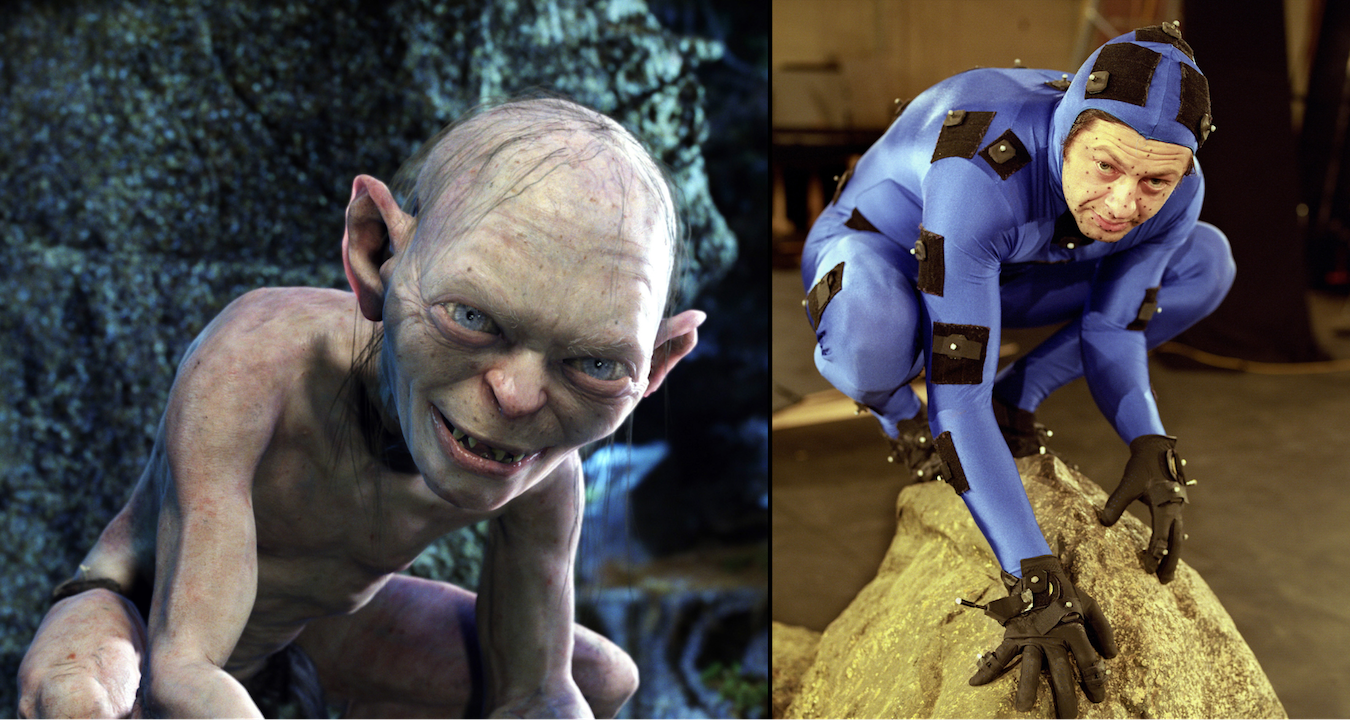
Using motion capture to track an actor’s movements is another alternative. This allows us to apply live acting directly to a character. However there are a few problems with this. One, it takes a team of highly trained people to implement it. Two, it takes a lot of advanced technology to do properly. Three, that technology is expensive. Four, it takes a lot, and I mean a LOT, of work cleaning and reworking and sometimes entirely re-animating the performances to make them look right. It’s easy to spot a motion-captured performance if it’s even a little off. Often a hand-animated one just looks better. There’s a reason Pixar doesn’t use “mocap”.
Don’t get me wrong, I love mocap. But it shines best when used on digital characters in a live action scene. There is a time and place for it, and it is invaluable in the modern film and gaming era, but it is also easily abused.
Getting it Right
Let’s be real for a minute. You want your projects to look amazing. We want them to look amazing. Everyone wants them to look amazing. But there are deadlines, time limits, budgets, visual requirements, and lots of other red tape that has to be involved. I understand this. We all do. No one is expecting Disney level animation for a corporate video. And it is my job to give the client what they want within their budget and on time. So that’s what I do.
However, too often people don’t understand how complicated or difficult it is to make one of these videos. Even a short, simple one can take days to complete. A logo resolve might only take a few hours, but when it’s tacked onto a project without warning and with a short turn-around, it forces everyone to switch gears and divert resources from another project to get it done.
I am not telling anyone to stop asking for animation or motion graphics, nor do I want you to expect less from us. I want you to demand more. It is what we love after all — to be challenged! However, I write this to help you understand that sometimes we need more time to complete a project and make it look amazing. It really isn’t as easy as hitting the animate button.
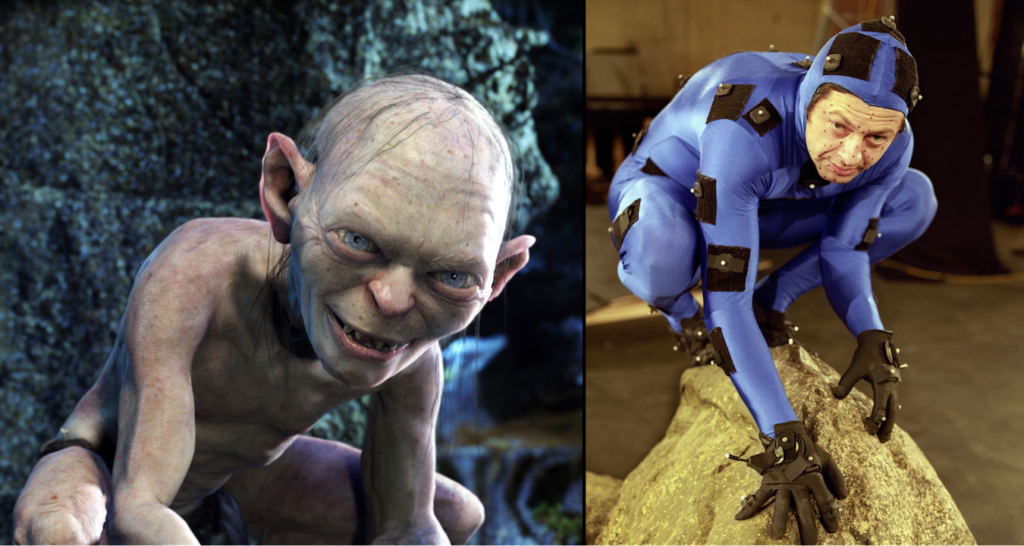

One Response
very informative post and thanks for sharing